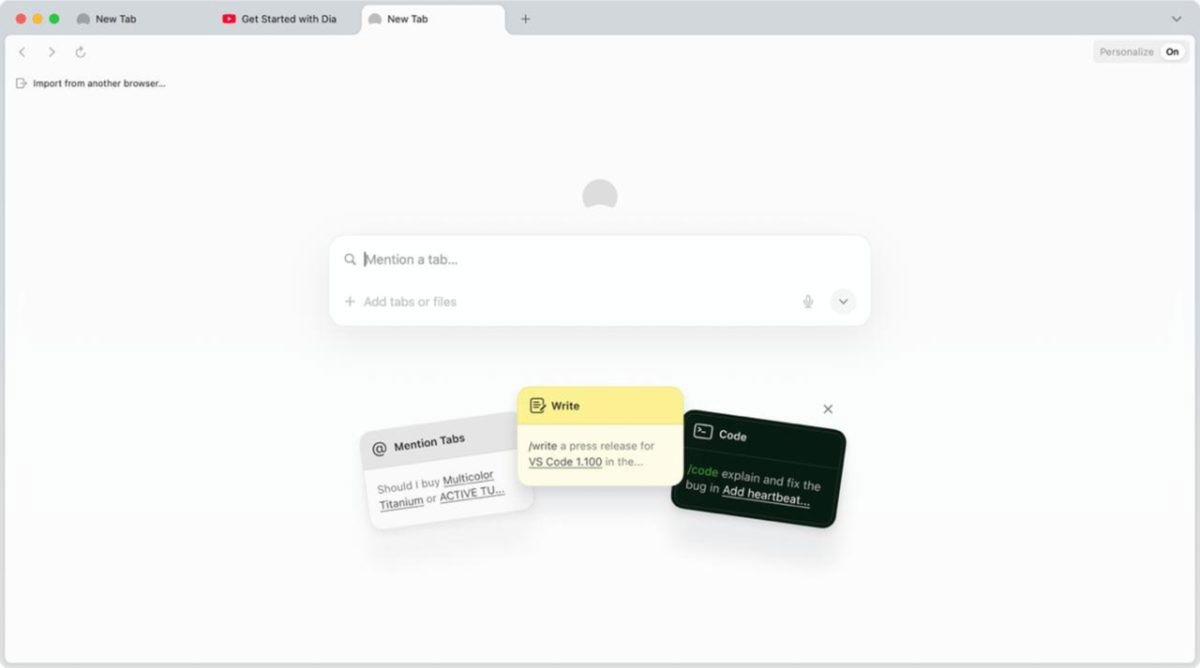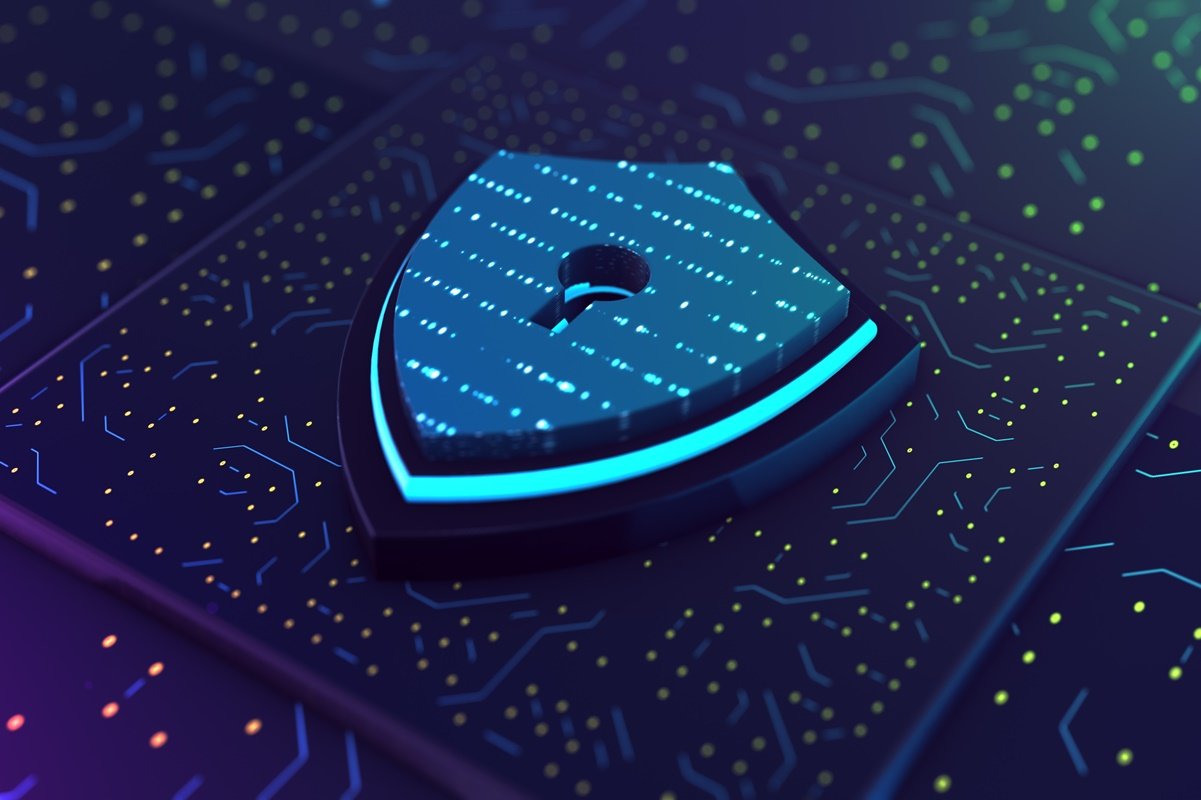One of the best ways to combat new cyber threats is to constantly update the techniques and tools that serve in the defense of networks and users. In this context, modernization of organizations is essential for increasingly effective protection.
This is an example of continuous updating, as Sophos, the company I work for, which stands out as a world leader in cybersecurity-as-a-service and innovation, today implements a variety of tools to protect these potential intrusions from attackers. which can be endpoint calls. Proof of this is that Gartner has been recognized as a major supplier in this segment for the 13th consecutive year – the company recently announced improvements to its security portfolio on this front.
Hosted 100% in Brazil and with a cloud infrastructure called Sophos Central, the solution creates a single point of management and information storage (Data Lake) for all of the company’s cybersecurity solutions, as well as fostering corporate adoption of new cybersecurity solutions. Service for the Brazilian market. One possibility is MDR (Managed Detection and Response), a fully managed service provided by experts to detect and respond to cyberattacks targeting computers, servers, networks, cloud workloads, email accounts and more.
Protection for the most sophisticated threats
Based on a series of surveys we conducted, we determined that ransomware remains one of the most common and damaging cyber threats to organizations. That’s why the products developed by the company constantly correct criminal activity around the world. At this time, it is critical for companies not to let their guard down in the face of any perceived reduction in attacks, but instead to further strengthen their defenses because at present attacks are more complex and difficult to detect and require enhanced security. techniques to quickly identify and adapt to the best protection.
In addition to active and adaptive protection against cybercriminals, Sophos has implemented improvements to malware protection for Linux. Thus, on-access malware scanning and quarantine features improve real-time prevention of security events in Linux operating environments. These new features added to Sophos Intercept X Advanced for Server complement existing functionality such as real-time detection and response to cryptographic leaks, cryptominers, data destruction, and kernel exploits.
Along with the new features, Sophos has added Account Health Checkup, which provides intuitive, real-time monitoring of security and policy settings, automatically returning to recommended conditions with a single click, optimizing posture and enabling companies to re-establish them immediately. Protective best practices. These checks ensure that devices are running required security components, that policies follow recommended settings, that tamper protection is enabled, and that wipes do not expose the attack surface.
Another major improvement point concerns the integrated Zero Trusted Network Access (ZTNA) agent for Windows and MacOS devices. Sophos Intercept X is one of the only endpoint protection solutions with a modular ZTNA agent, and organizations can now expand defenses to include this solution throughout the system without deploying an additional agent (the same agent for endpoint protection, ZTNA, and machine encryption).
New features accelerate the performance of applications, workloads and devices by reducing memory space in Windows by 40% and number of processes by more than 30% by providing a faster and lighter agent. Sophos has also introduced a new expanded sensing and response (XDR) sensor placement option that is approximately 80% lighter than the previous option.
*André Carneiro is senior general manager of Sophos in Brazil.
Source: Tec Mundo
I am a passionate and hardworking journalist with an eye for detail. I specialize in the field of news reporting, and have been writing for Gadget Onus, a renowned online news site, since 2019. As the author of their Hot News section, I’m proud to be at the forefront of today’s headlines and current affairs.










